?

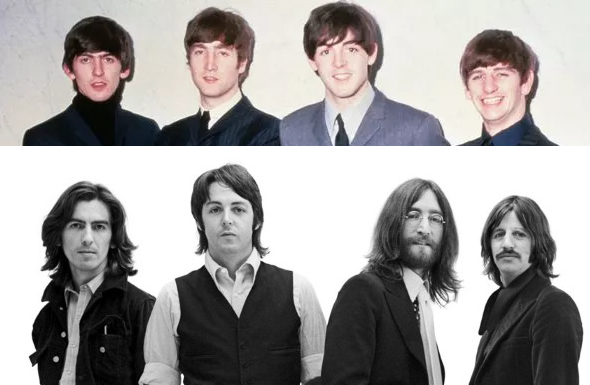
?



Yep, that one's going in my Rich Evans Folder (2.1TB)
Hope whoever felled the Sycamore Gap tree enjoyed whatever kicks they got out of destroying a centuries old piece of local heritage. Sick cunt.

This post relies on some spiffy new browser features, and might not work on your machine. Apologies.
The Sledgehammer projection — named after the Peter Gabriel song — is a novel equal-area map projection designed to fill the same niche as the Winkel Tripel. A composite of the Hammer and Peters projections, it preserves area, gives both parallels and meridians pleasing curves, and with its pointed poles, it does not distort areas in far northern latitudes to the extent that flat-topped projections such as Equal Earth do. (I dare even say that it handles Antarctica alright.)
The exact formula, based on Strebe (2017)’s technique:1
To invert:
And, finally, an equation describing the outer boundary of the map:
An interactive version is available here. Happy mapping!
Welcome back, ladies and gentlefolk! I’ve been trapped labouring in a Colombian salt mine for the past four months, but after a daring escape which my lawyers have advised me not to speak of, i’ve returned to safety to provide you all with yet more content®™.
Some links i’ve had sitting around gathering mothballs to start you off:
I was, tentatively, putting off finishing this until i’d gotten the relevant part of the main site in a working state. But, given that i’m rebuilding the whole thing from scratch, and i was itching to put it out there — behold! The world in 2025 of Looking at the Big Sky, a sci-fi alternate-history -type setting i’m working on. (It’s not particularly sci- at the moment, i’ll admit — this is just a stepping stone on the way to 2338.)
You can find the full resolution image here. Wordpress is just being something of a shit.

I don’t know if it’ll come across too well in photo form. I was lying on the grass, as one does, and lo and behold, there in the sky appeared what i could only describe as a double-backwards-double-rainbow:

I’ve never seen anything like it. Maybe that makes me a shut-in? I don’t know. Some quick prodding around revealed it to be not a rainbow, but a halo: a circum-zenithal arc, its iridescent colours made by the low sun’s light filtering through the icy clouds above.
The Sagrada Familia. The view from a Pennine peak. My home town from above, caught by pure chance on a flight to Turkey. The first sight of the Tyne Bridge down Grey Street. And now this. That’s the top tier — sights i’ll never forget in my life.
Hello. You’ve probably figured this out by now, but my personal life has been getting quite busy at the moment, and postings on the site will be taking a back seat until, hm, let’s say the end of June or thenabouts. Don’t call it a hiatus — it’s just a minor pause.
Please enjoy these filler photos in the meantime:
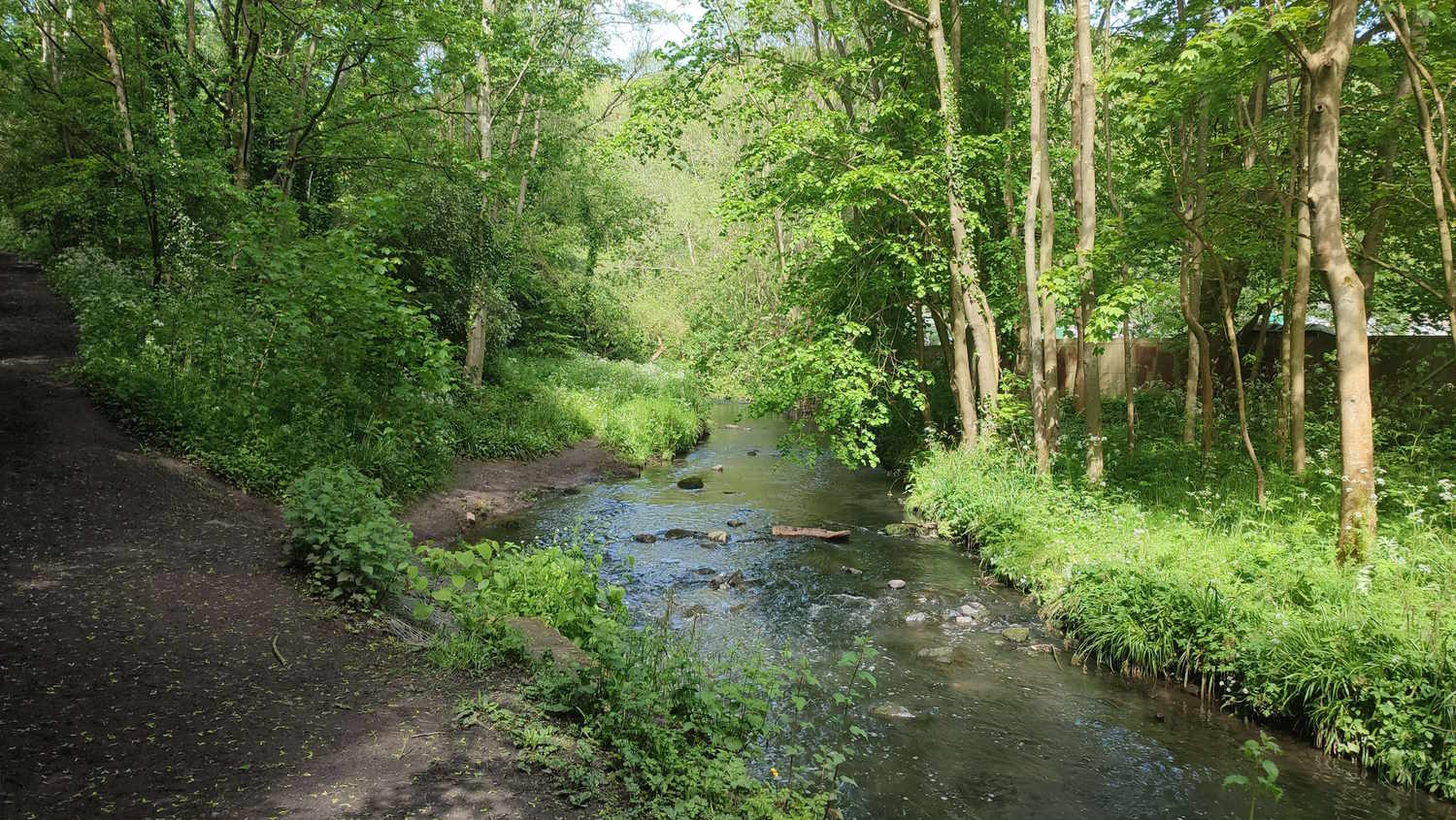
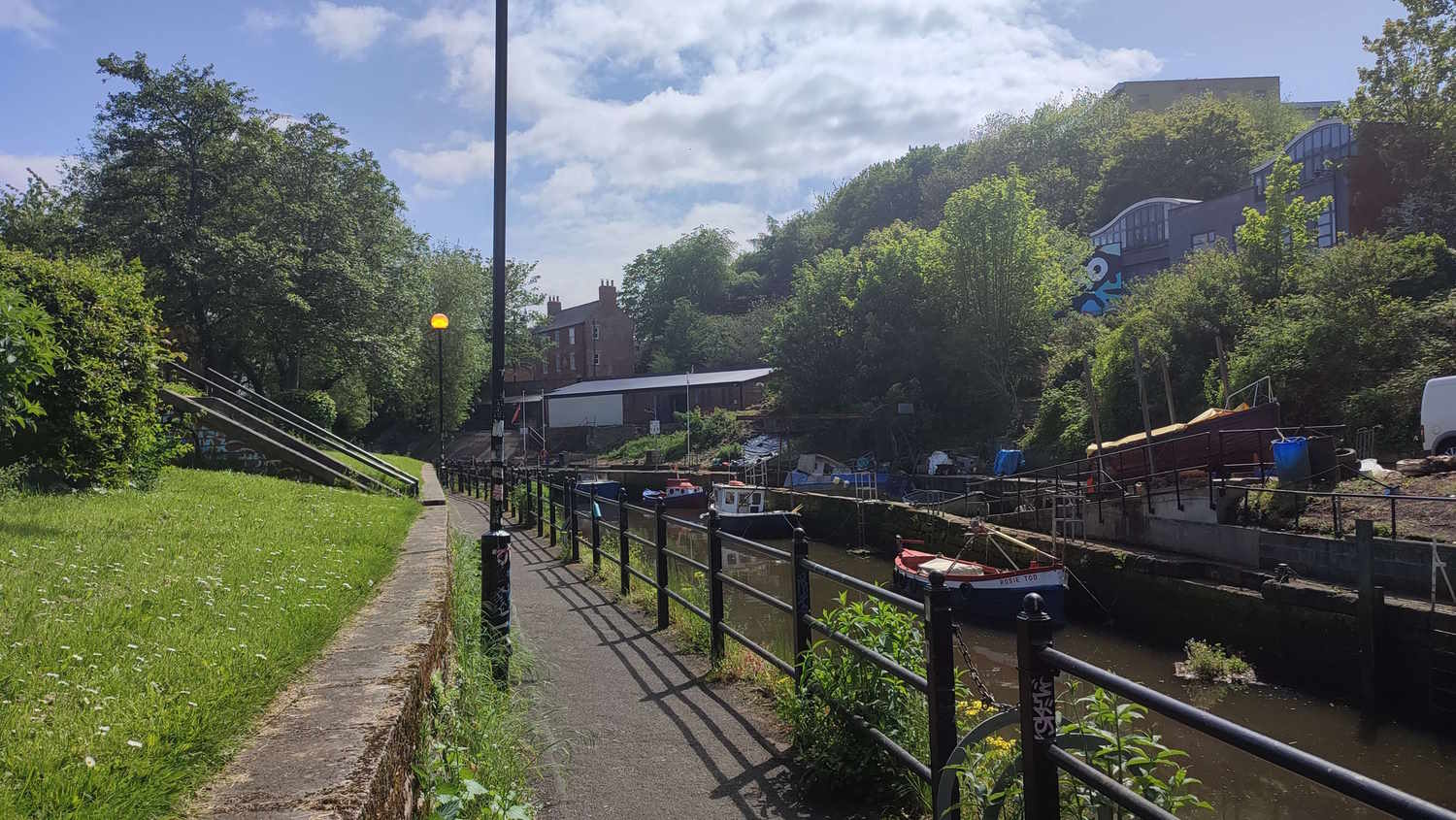

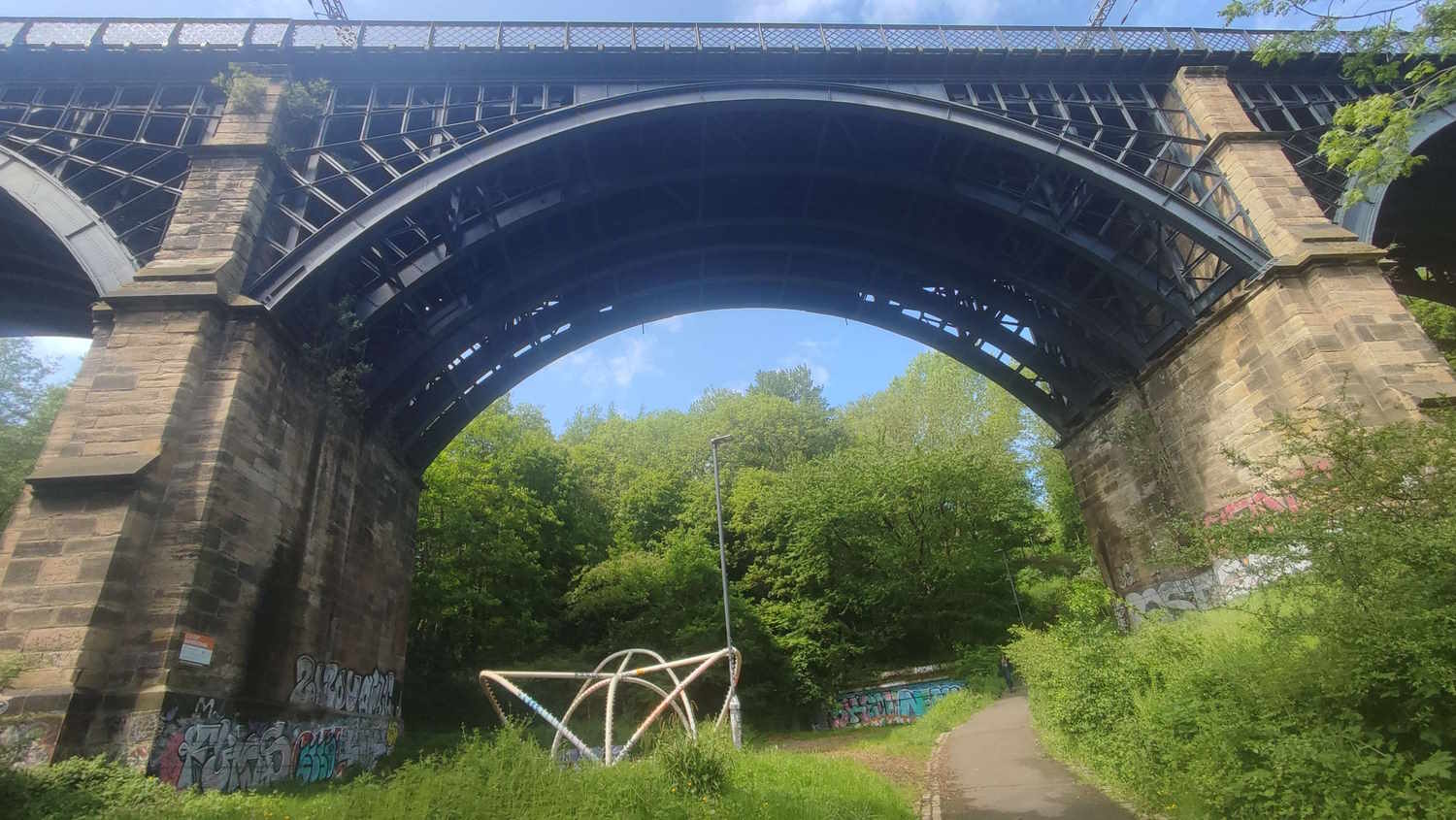
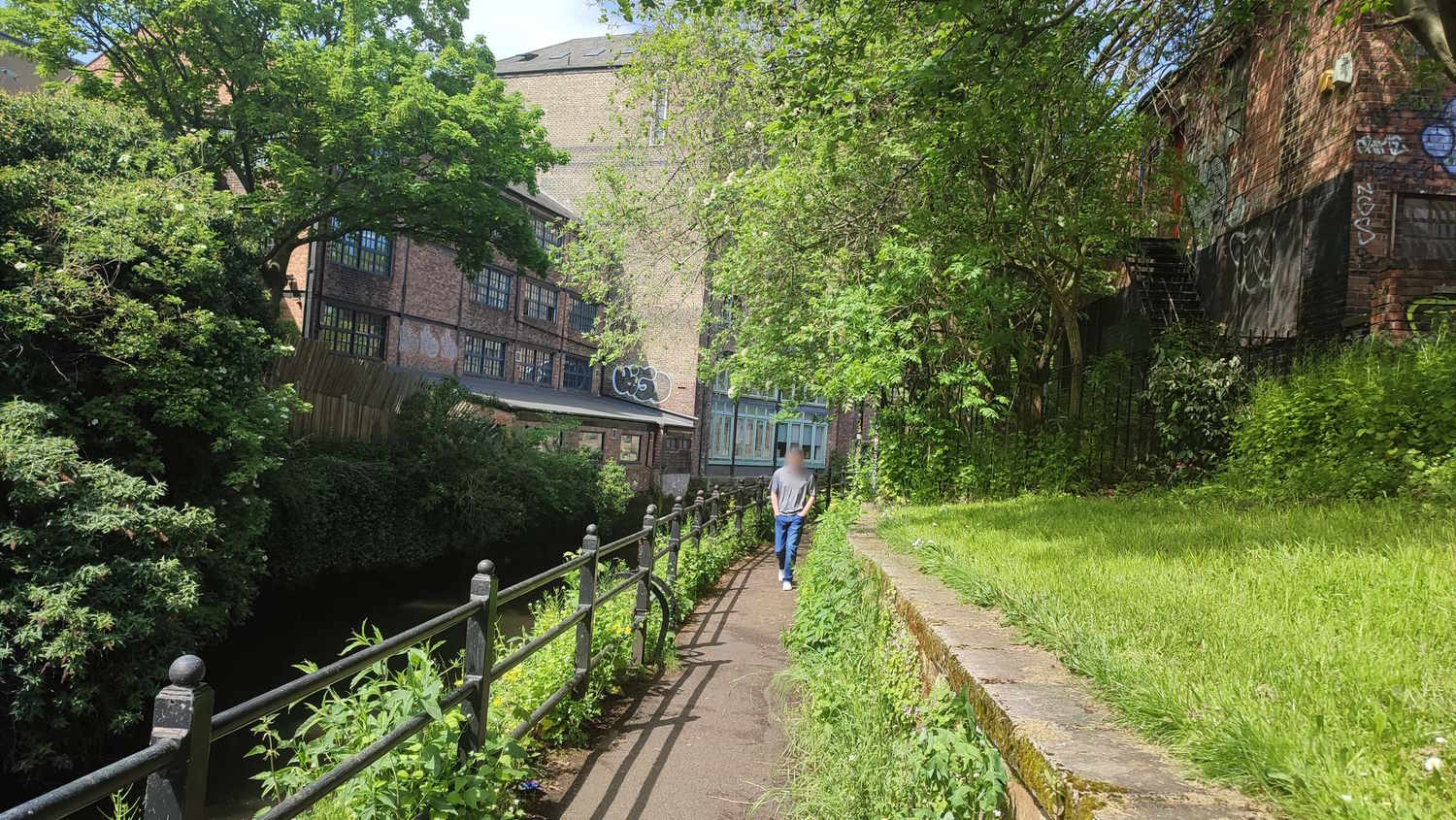

Good evening, “Greece” was a 1000-year social experiment conducted by Oxford’s classics department. Thank you for your coöperation.
2008 Tom Scott video: The First Annual Yorkshire Pudding And Spoon Race
2013 Tom Scott video:
The Blinking Light That Keeps Pedestrians Safe
2018 Tom Scott video: I Got To Go-Kart Around A
Particle Accelarator
2023 Tom Scott video: It's like a TARDIS for foxes.
Well, i rode it out for three years, but i finally caught covid. o7
The internet was lit ablaze last year with the rediscovery of Martin Scorcese’s obscure masterpiece Goncharov, and it’s easy to see why. Accessible yet complex, of its time and yet progressive, it was ripe for a critical reëvaluation.
What people don’t often hear about is its sequel — one that Marvel’s biggest fanboy didn’t even know existed. The rights having fallen into the lap of the bloated corpse of Cannon Entertainment, they dumped it straight to video in 1989, leaving it to be forgotten.… until now!!!
Goncharov 2: The Quest for Gonch (sold in the USSR as The Quest For God) is the biggest piece of shit since the fat one i laid in the McDonald’s deep fryer last weekend.1 The Gonch himself is no longer played by Robert DeNiro — clearly too good for this shit — but an up and coming Danny DeVito, wearing an unconvincing latex mask which sits somewhere in between Tom Cruise in Vanilla Sky and that one I Think You Could Leave skit.
Personally, I think this was one of Devito’s better roles. Casting Devito to replace Deniro was an odd choice, but that’s what happens when the Farrelly Brothers direct a mafia film.
Yes, this was the Farrelly Brother’s first picture. They tried taking a more serious film for their first work, but it falls flat on its face in many places. I found the scene where the Gonch huffs thirteen cans of glue to be quite amusing for all the wrong reasons. Devito put his heart—
I neither know nor care who you are but please stop defending The Quest for Gonch™. The Goncharov Cinematic Universe does not need this sort of slander, and neither does this blog!
Listen, there is TONS of potential for the Goncharov Cinematic Universe to expand from this film. It’s not the best film, sure it’s… well…
…..
…well, it is definetly2 a film.
Well if you’re going to get technical, it’s not a film! It’s a video! I’d say it was shot on a potato, but that’s an insult to potatoes — when you compare it to the beautiful composition of Gonch 1™’s ending clock shot, this was shot on a yam.
Ok, sure, the picture quality wasn’t the best, but I’d blame that on the film’s rushed development. It was first approved by Scorceses in the late 1980s as a fallback in case he was killed by a conservative lynch mob during the production of The Last Temptation of Christ as a fallback.
You have no understanding of the complex lore behind /The Quest for Go(nch|d)/, you
absolute fucking nitwit. You fool. You Fucking Nimrod.
The Last Temptation of Christ was released in 1988, and Concharov II was released in 1989—
Martin Scorcese had no involvement in this. This was that fucker Matteo Bunchofnumbers’ idea. You know how i know that? Because if Martin Scorsese knew about the existence of Goncharov 2: The Quest for Gonch, he’d have not only killed himself, but figured out how to kill himself twice.
You’re half-right; he had no involvement in the film, but he did approve its creation solely to profit off of any VHS sales. I know this because a friend’s cousin’s nephew’s sister-in-law’s boss’ son’s great uncle knew a guy who worked for the Cleveland Plain Dealer and did an interview with Scorsese not long before the film’s release.
I guess killing yourself twice just results in you coming back to life. Look — regardless of Marty McFly or whatever his name is’ affiliation with it, can we focus on the end product? I mean, that scene where Kremlinova trips over her high heels in that blue dress, and then when it cuts to the next shot, it’s orange! Orange! Don’t you try and fucking pretend it’s some deep symbolism that predicted the rise of every movie poster in the 2000s, it’s just the director having a fucking washing sponge6 for a brain!
Actually, I thought it was one of the more insightful scenes of the film. The dress colors symbolize
the slow and gradual fall of Russian society from great pride in an idealistic world to the growing
realization that said utopian dreams will never fruition, and the subsequent moral collapse
127.192.34.27 therein.
They could’ve used a better dress for the scene, though.
73 West Boulevard, Ocala, Florida8
So then Goncharov gets aids. You know — given how tenderly G1 / Gonch Wick Chapter 1 handled its gay love scenes, there’s a real opportunity there! But since this is being directed by Thomas Ouiseau (no relation? I think?), he “catches aids from a government cactus”, starts coughing up blood, and immediately says “i have the aids” and dies. Yes! I’m writing over you! Fuck you!
My least favorite part of the film would be the scene where Goncharov punches an Albanian consort woman. It was not necessary to the plot at all, and just felt like a dated excuse to throw in a bar fight scene. Oh my god, are you seriously writing over me? Wha- how is this even possible?
Fine, you know what, here.
You’ve heard of Marsyas and Applo before, right?
You’re in Comic Sans now.
hhhNOOOOO

You know what, hang on, this is my blog. I don’t have to put up with this crap. I can just tell you to leave. Or whatever.
That feels rude, actually, now i think of it.
I was never invited, so telling me to leave simply doesn’t work in the first place. Algorian logic. Pretty deep stuff interdimensional. Don’t think a normie like you would understand.
Look, can we just agree on a rating out of 10 and then go? The people need to know if G2® is worth the purchase!
…
0.85/10.
I think you’re being too nice with that 0.85. I mean, what is this? IGN?
Thrembo/10. Too many overly long sex scenes.
That’s not even a real number. Not since the incident.
Anyway — i give Goncharov 2: The Quest for God (God never shows up, incidentally, unless you count the Kandinsky painting in the beach scene) an (eiπ+1)/10.
I revise my earlier rating. Rational numbers are better for ratings.
I give the film a -b±√(b²-4ac) 2a/10. Has the potential for greatly expanding the Goncharov universe, but its attempts at being both a psychological thriller and a slapstick humor film wrapped into a mafia film are simply too confusing for most viewers.
Thankfully, the first Goncharov11 film on VHS was also the last. And it’s stayed that way ever since. (We don’t talk about the Blockbuster trilogy.12) Good night.
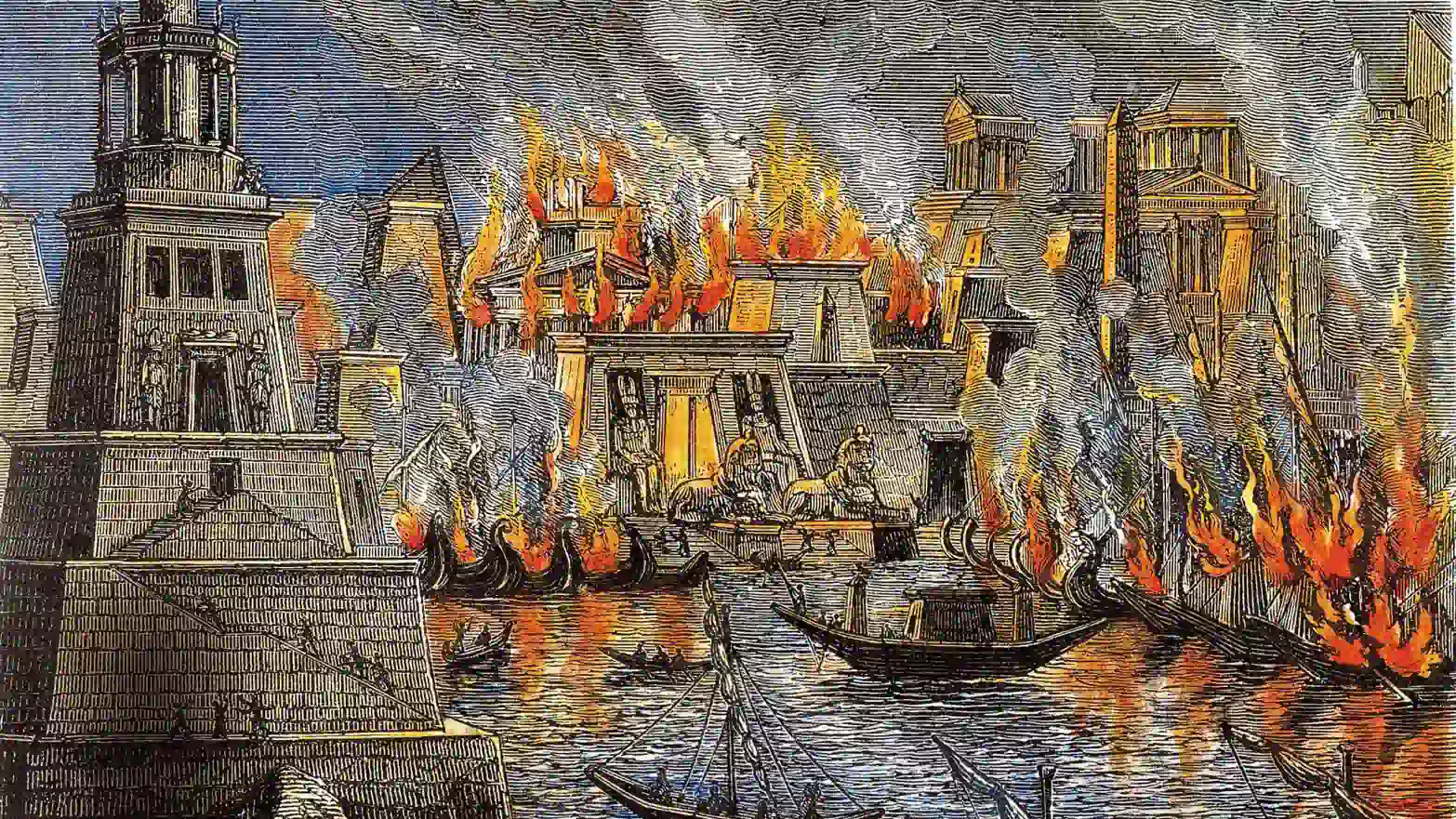
I hate this sort of thing, you hate this sort of thing, let’s get it out of the way. In addition to capturing old web pages, the Internet Archive is also home to untold thousands of old videos, games, and books — each of the latter of which correspond to a real, physical book in their collections. They lend them out like a library, for only one person at a time… until the pandemic, when they made the perhaps ill-advised decision to lift the borrowing limits for that limited time. Publishing companies, who weren’t too happy with that, pushed the nuclear button, sued them over the entire idea of digital lending, and now a federal court’s decided against them. They’re planning to take the fight as high as they can go — and they could use your donation.
As i said, i hate to do this — you don’t need me to tell you about all the ways the world is fucked up — but i’m willing to make an allowance when it affects me in particular. So many pieces of internet history, even on this site, now only exist as digital ghosts in their machines (hell, i even had to replace one of the links here with an Archive.org link after the author was suspended from Twitter). And i can’t count the number of musty out-of-print books that i would have never been able to access here from my comfy chair in England if it weren’t for the IA preserving them for a new generation.
So please — toss them a few bucks and protect our history.
Anyway.